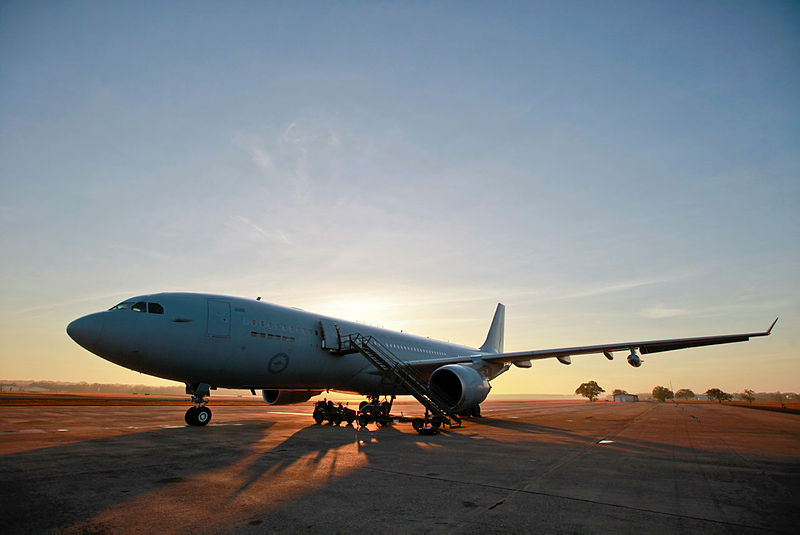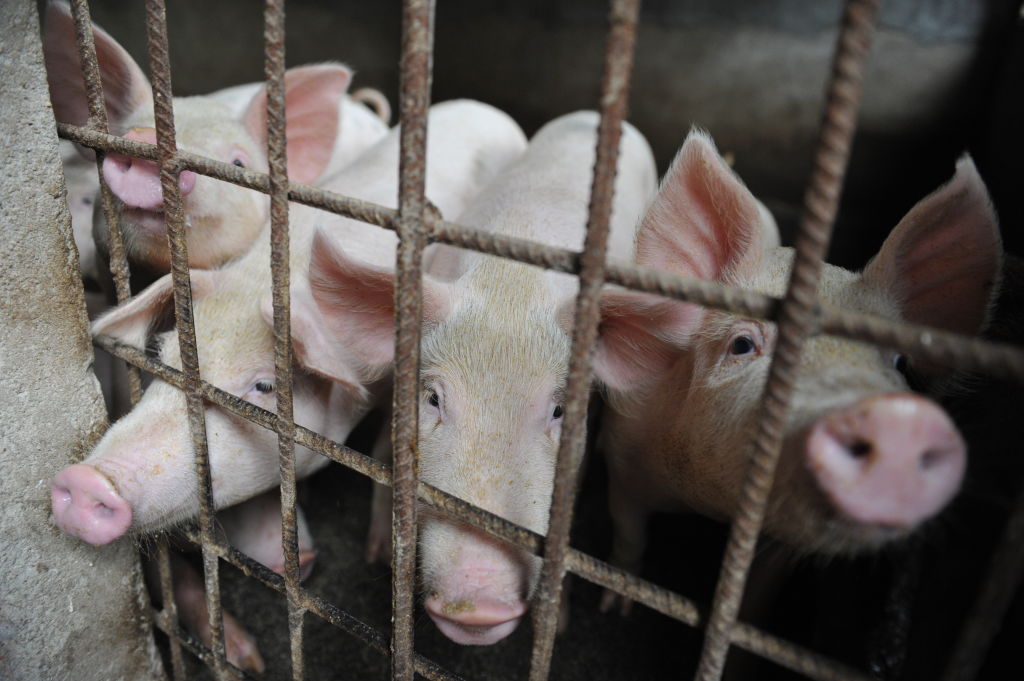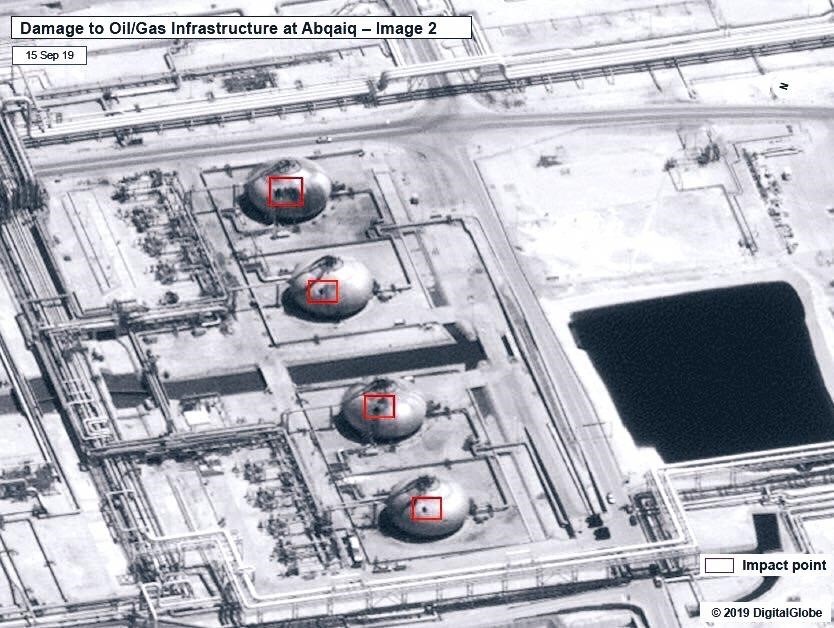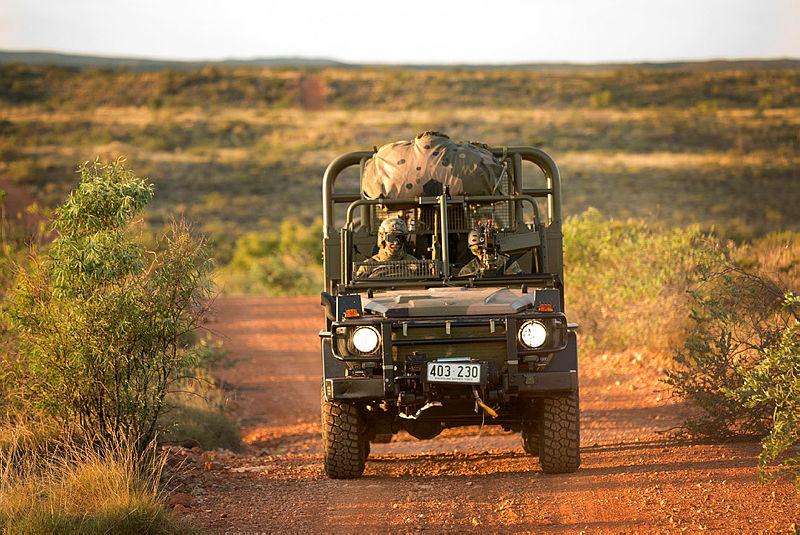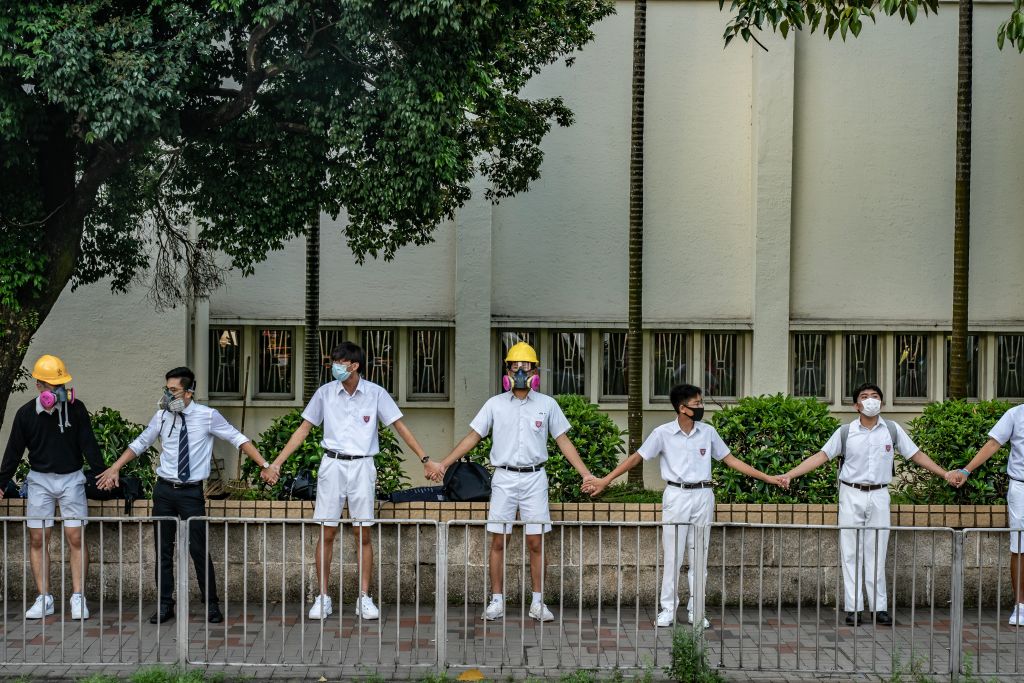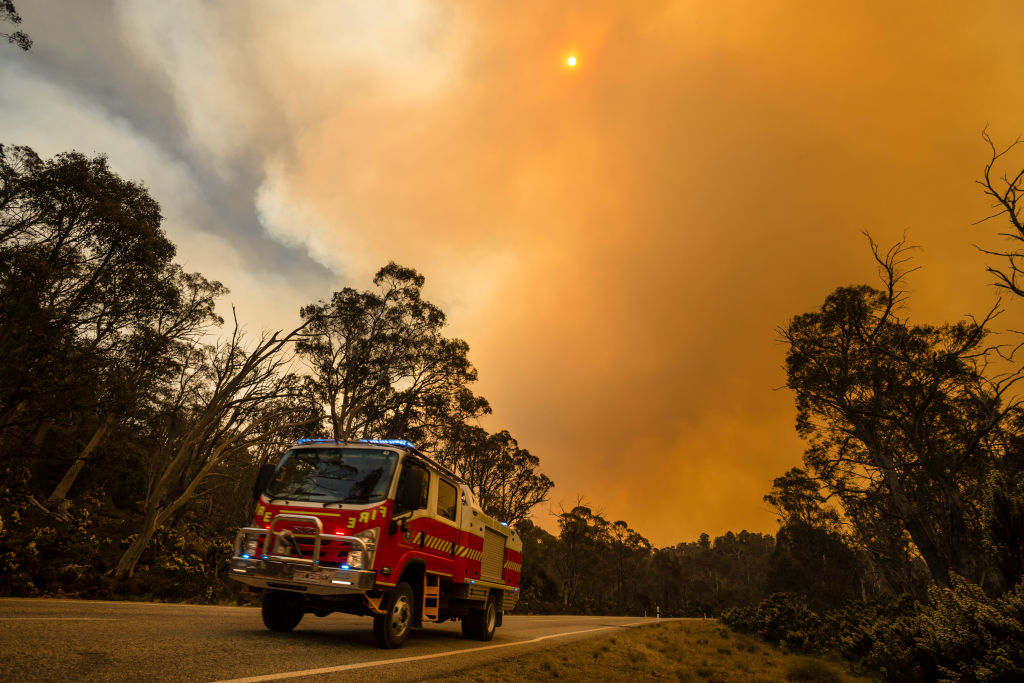National security wrap
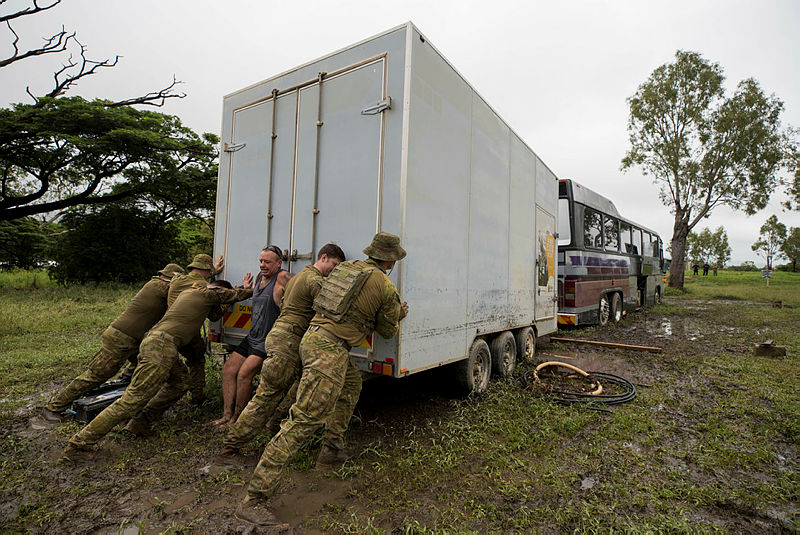
The beat
Victoria Police told to tackle officers’ misuse of personal data
Victoria’s Independent Broad-based Anti-corruption Commission has warned the state’s police to be more proactive in preventing the misuse of personal data by officers. The watchdog found that the police database isn’t proactively monitored and audited, which means the misuse of personal data often goes unnoticed. It also found that most discoveries of data misuse are the result of a separate investigation into other types of misconduct.
Right-wing extremists trying to recruit police
German media have reported that a confidential Europol report revealed that right-wing extremist groups are looking to recruit police and military officers from EU member countries. According to the report, the extremists’ objective is to capitalise on the officers’ expertise in ‘surveillance and combat readiness’, and to gain access to weaponry. Europol has previously warned of increasing far-right violence in the EU and called for international action.
Greek police disrupt baby trade
An illegal ‘birth industry’ involving the sale of babies has been dismantled by police in northern Greece. Twelve people were arrested and a further 66 charged in connection with the illegal operation. Crime squad chief Antois Tzitzis said it was the ‘biggest and best organised’ such business in Europe, with police tracing the group to the sale of 22 babies, 24 eggs and 10 paid surrogates between 2016 and 2019.
Checkpoint
North Korean fishermen detained by Russia after shootout
Russian border patrol guards detained 161 North Korean poachers in the Sea of Japan, after discovering their boats fishing within Russia’s exclusive economic zone. A shootout occurred that injured both the border guards and poachers. One North Korean later died in custody. Russian authorities are preparing criminal cases against the men, and senior Russian and North Korean diplomats have met in Moscow to discuss the fate of the group.
Indian arrested for spying for Pakistan
Indian army officials have apprehended a man for allegedly sending photographs of the under-construction Kartarpur corridor to Pakistan. The suspect, identified as Vipan Singh, was arrested for passing vital information to Pakistan’s Inter-Services Intelligence agency for a payment worth A$20,000. Once complete, the Kartarpur corridor will connect Sikh shrines between the two countries and facilitate visa-free movement of pilgrims.
Palestinians hurt in Hamas rocket attack
Seven Palestinians have reportedly been injured in a failed attempt by Hamas to launch rockets into Israel. Three rockets are thought to have been fired, but all failed to cross the border and landed in Hamas-controlled territory. Two of the rockets landed outside a home in Rafah and the third fell near the Israel–Gaza border fence. The incident came after Prime Minister Benjamin Netanyahu warned that war between Israel and groups like Hamas could break out ‘at any moment’.
CT scan
NSW government lets terror law lapse
The NSW government has been criticised after a terror law was allowed to lapse. Part 6B of the Crimes Act 1900, which contains the offence of membership of a terrorist organisation, was repealed after a sunset clause took effect. Attorney-General Mark Speakman played down the lapse, saying the offence is covered under federal legislation, but his opposition counterpart Paul Lynch called the failure ‘utterly extraordinary’.
Iran’s president labels US a ‘supporter of terrorism’
In an interview with Fox News, Iranian President Hassan Rouhani called the US a ‘supporter of terrorism’ and talked down Iran’s role in attacks on Saudi oil facilities, adding that they were an embarrassment for US-made missile defence systems used by the Saudis. Rouhani also downplayed the possibility of a meeting with US President Donald Trump at the UN in New York, saying they ‘must create mutual trust’ first.
US recognises white supremacy as domestic terror threat
The US Department of Homeland Security has added white supremacy to its list of domestic terrorism threats and has announced an updated framework to combat violent extremism. It marks the first time since its formation in the wake of the September 11 attacks in 2001 that the department has recognised white supremacists as posing a threat on par with that posed by foreign groups.
First responder
Speech shows defence force’s climate change concerns
A speech prepared for defence force chief Angus Campbell and obtained by the ABC notes that climate change could stretch the Australian Defence Force. It’s not clear how closely Campbell followed the written version of the speech, which was set to be delivered at a public service leaders’ retreat in June, but the text notes that climate change will make natural disasters more extreme and more common, something which could affect the ADF’s ability to provide disaster relief and deploy on other missions. The speech also warned that the ADF could be drawn into climate-change-induced conflicts around the world.
Ebola scare in Tanzania
The World Health Organization has issued a statement raising concerns regarding possible Ebola cases in Tanzania, as the country has refused to submit samples for secondary testing and verification. The news came after the WHO dispatched a team to investigate reports of the death of a person suspected of having Ebola. The Tanzanian government has since summoned the country’s WHO representative official for ‘co-operation talks’ on the issue.
Polio returns to Philippines after 19 years
The Philippines announced last week that polio had returned to the country after 19 years free of the infectious disease. Government scientists confirmed the re-emergence of polio after two cases were reported. Poor immunisation, sanitation and hygiene have been cited as probable causes for the disease’s return. Philippines Health Secretary Francisco Duque said that the government would roll out a new polio vaccination campaign in partnership with the World Health Organization.

